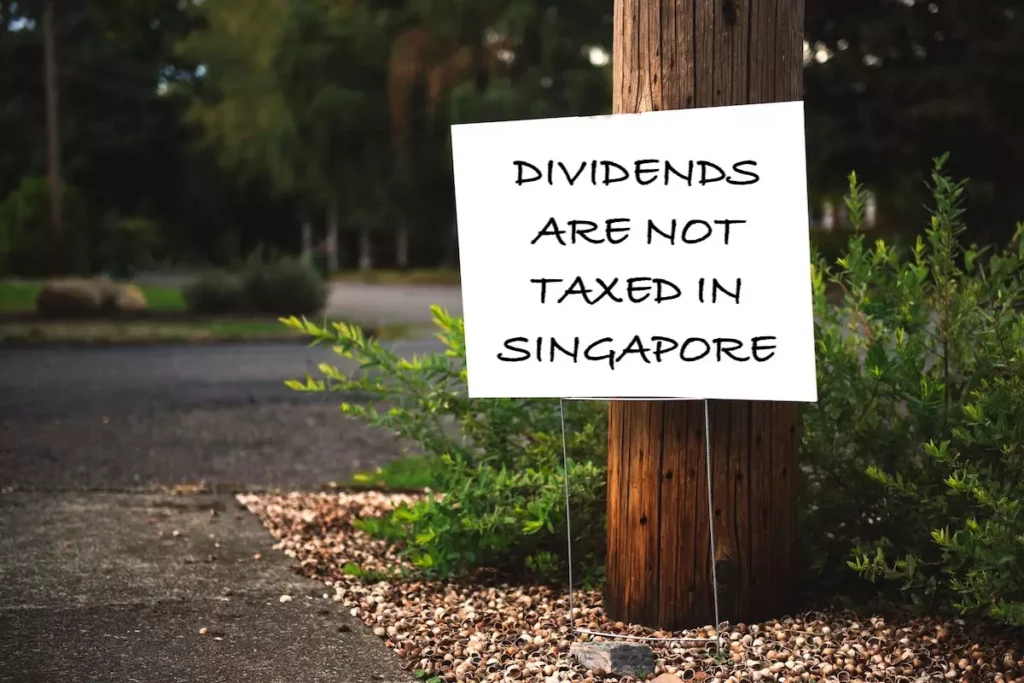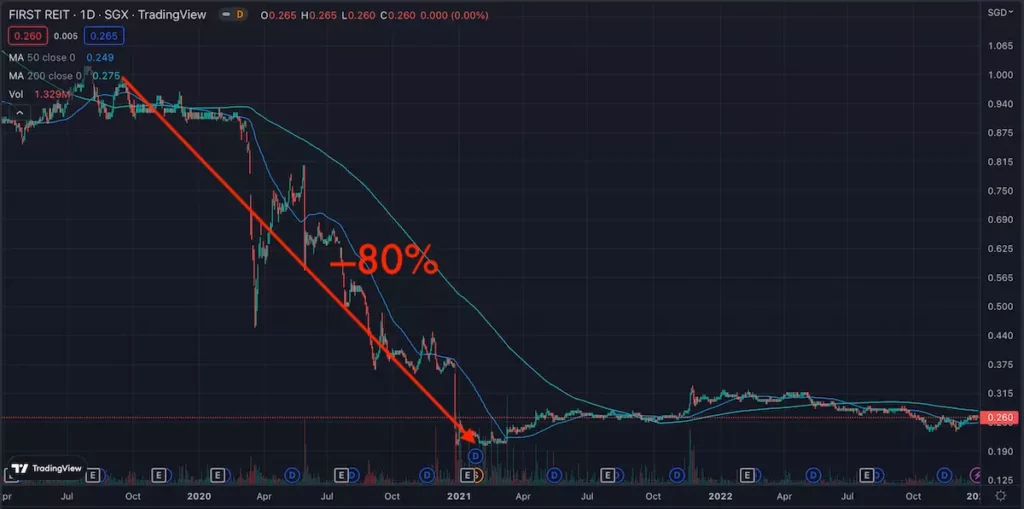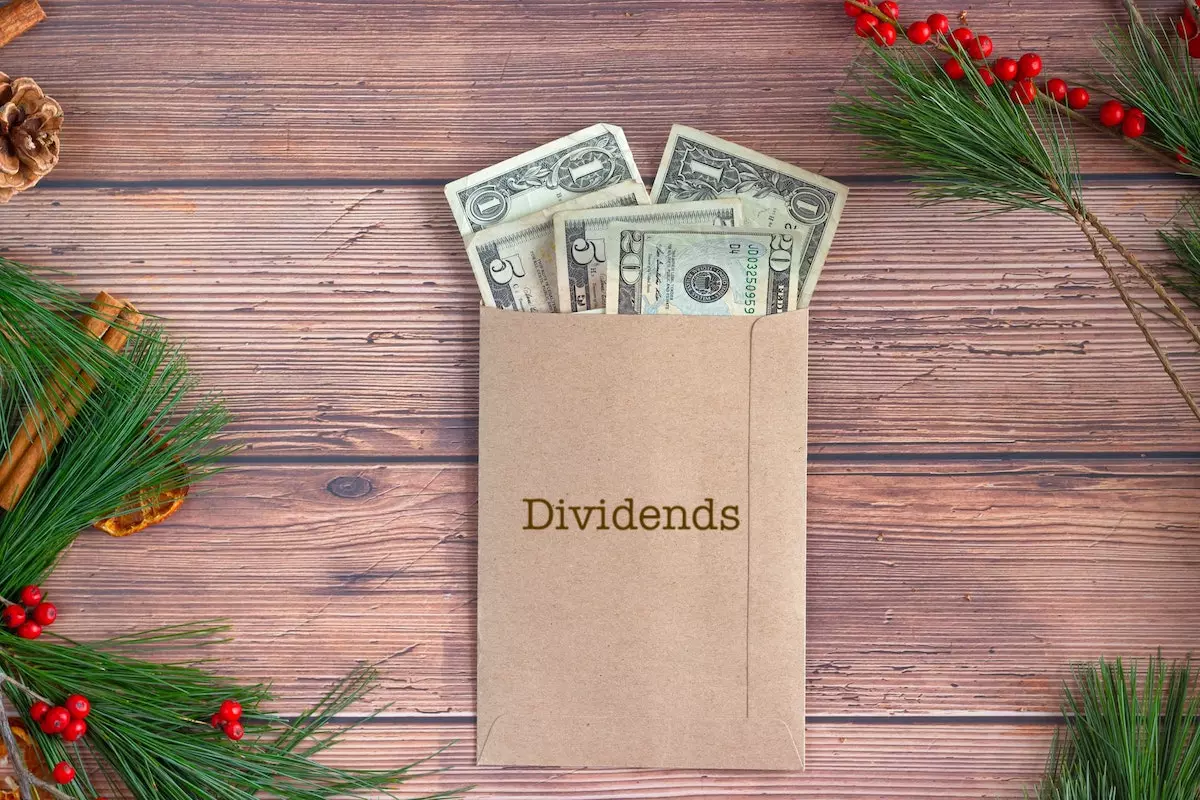When Mrs Wow first told me about the Financial Independence Retire Early (FIRE) movement back in 2012, I didn’t warm up to it initially. My first thoughts were: How could an Average Joe, who doesn’t make millions retire in his 30s or 40s? Is it some kind of a scam? How is it even possible?
Fast forward to today, and all I can say is, it has been a total paradigm shift for me. If you read Mrs Wow’s article How We Achieved FIRE in 7 Years, you would know that the success of getting FIREd and staying FIREd depends not only on earning and saving, but also on having a sound investment plan.
The main reason why Mrs Wow and I invest in more dividend than growth stocks is simple: passive income. Do note that this investment strategy is one of many and does not suit everyone. I will be discussing the following in this article:
- What is Dividend over Growth Investing
- Dividends as a Source of Passive Income
- Don’t Just Blindly Chase After Dividend Yield
1. What is Dividend over Growth Investing
On Wall Street, analysts broadly categorise stocks into either growth or value stocks.
Growth stocks typically belong to companies that are relatively young, own disruptive technology and are expected to grow by leaps and bounds in the future, e.g. Tesla and Alibaba.
Value stocks typically belong to companies that are considered blue chips, highly profitable and expected to experience growth at a slower pace, e.g. Coca-Cola and DBS (largest bank in Southeast Asia).

Generally speaking, growth stocks have a higher than average Price-to-Earnings (P/E) ratio, are more volatile and usually do not pay dividends. Value stocks, on the other hand, have a lower than average P/E ratio, are less volatile and usually pay out dividends.
Value stocks usually pay out dividends.
So if you are an investor or soon-to-be retiree looking to accumulate passive income from the stock market, you would inevitably pay more attention to value stocks that pay dividends rather than growth stocks.
The good news is, for dividends, you are not just limited to individual company stocks. There are also other options such as dividend-yielding index funds and Real Estate Investment Trusts (REITs).
As such, for Mrs Wow and I, our equity-dominated portfolio mainly consists of dividend-yielding value stocks, ETFs and REITs.
Nonetheless, we do hold positions in growth stocks through two tech ETFs. Yes, our priority is dividend income, but that doesn’t mean we ignore capital growth entirely. For us, it boils down to aligning our investment strategy with our money values and financial goals.
Our priority is dividend income, but that doesn’t mean we ignore capital growth entirely.
Would I recommend the same investment strategy for everyone? Definitely not. If I were in my 20s and have a long time horizon, I would likely have a higher weighting in growth stocks. As picking and monitoring individual growth stocks is no easy task, I might still opt for a diversified tech ETF to manage risk, that’s just me.
Check out: Understanding Index Funds: Does the Tortoise Really Win? | Beyond Borders: Why Invest in a Global Index Fund
2. Dividends as a Source of Passive Income
So how has our dividend investment strategy worked out so far? Well… I must say it has turned out to be a lot better than expected. Here’s what we have learnt about dividend investing.
The Pros of Dividend Investing
1️⃣ Regular income — This is perhaps the best part about dividend-yielding stocks and funds: you get a regular stream of income throughout the year. The frequency of dividend payments varies amongst companies and funds. Some pay out dividends quarterly, some biannually, while others do it annually.
The best part about dividend-yielding stocks and funds: you get a regular stream of income throughout the year.
Based on our current holdings of dividend-yielding stocks, ETFs and REITs, Mrs Wow and I receive dividend payments 11 out of 12 months a year. Complemented with coupon payments from our bond holdings, we receive income every month of the year. We couldn’t be more pleased.
2️⃣ Tax-free income — Part of the reason why dividend-paying stocks and funds are so popular amongst Singaporeans, especially retirees is because dividends are not taxed in Singapore. Which is why dividend investing makes even more sense if you are a Singapore resident.

Do take note, as a foreigner investing in the US market, we face a 30% withholding tax on dividends (even though as a Singapore resident we do not get taxed for capital gains). For Chinese stocks, it’s 10% withholding tax.
So from a taxation perspective, your returns are optimised if you invest in the Singapore market for dividends and the US market for capital gains. Also, provided you are comfortable with the potential political risk in China, dividend investing may still be a viable alternative as you get to keep 90% of your dividends from Chinese stocks. Mrs Wow and I do hold a relatively small position in Chinese banks (e.g. ICBC and CCB) and based on current stock prices (which have been depressed), the after-tax dividend-yield is more than decent.
Your returns are optimised if you invest in the Singapore market for dividends and the US market for capital gains.
By the way, if you are still keen to invest in the US market (i.e. as a foreigner), you can consider investing in an Irish-domiciled ETF like the Vanguard S&P 500 UCITS ETF Distributing (LSE: VUSD) as opposed to the US-domiciled SPDR S&P 500 ETF Trust (NYSE: SPY). The reason? Ireland has a tax treaty with the US, which reduces the withholding tax to 15%. Since there is no withholding tax between Ireland and Singapore, dividends from an Irish ETF are taxed at half the rate compared to a US ETF. That’s significant.
3️⃣ It’s as passive as income gets — Another reason why Mrs Wow and I love dividend investing is because it’s probably the most passive form of income there is. Compared to other sources of passive income, say from an Airbnb rental property to an affiliate marketing website, earning dividend income from stocks and funds is by far the most passive of the lot.
Dividend investing is probably the most passive form of income there is.
Sure, at the start of your investment journey, you need to (and should) spend a significant amount of time to get yourself educated on the various investment products and strategies. Once you’ve done your due diligence and bought your dividend-yielding stocks and funds, there is really nothing else to do except sit back and collect your dividends.

However, if you are like Mrs Wow and I, taking a completely hands-off approach to investing doesn’t quite sit well with us. Although we don’t monitor the stock market every day or worry too much about macroeconomic cycles, we do make it a point to review our holdings periodically and rebalance our portfolio when necessary. Other than that, dividend investing is pretty much in auto-pilot mode.
4️⃣ Provides clear financial goals — As dividend distributions are fairly stable and predictable, it makes tracking your progress towards financial independence well defined and straight forward. As the primary goal of achieving FIRE is to accumulate enough passive income to cover your annual expenses, you will know full well when you have hit your target.
As dividend distributions are fairly stable and predictable, it makes tracking your progress towards financial independence well defined and straight forward.
Mrs Wow and I are able to easily keep track of how much dividends we receive throughout the year. While making our way towards financial independence, we knew exactly where we were in terms of passive income versus expenses. In addition, due to the predictability of dividend payments, we are able to do a reasonable projection of our financial standing in the years to come.
Check out: 7 Wealth Accumulation Strategies to Grow Your Fortune
The Cons of Dividend Investing
1️⃣ Slower capital appreciation — Dividend-paying stocks and funds usually have less volatile prices. This may bod well for an investor who has less appetite for risk but may be deemed too boring for an investor looking for growth.
The bottom line is, less volatility means less capital gains. As the saying goes, you can’t have your cake and eat it too. So if you would like to enjoy the prospects of reaping greater capital gains in less time, one approach would be to increase your exposure to growth stocks. At the end of the day, it’s a balancing act between growth and income, rick and reward.
Less volatility means less capital gains.
2️⃣ Dividends are not guaranteed — First of all, companies are not obligated to distribute dividends to their shareholders. During a prolonged economic downturn when profits start to dwindle without reprieve in sight, a company may decide to either reduce or temporarily stop dividend payments to their shareholders.
Companies are not obligated to distribute dividends to their shareholders.
Sometimes it may not even be due to the economy per se, but a black swan event like the COVID-19 pandemic. For example, in 2020, the Monetary Authority of Singapore (MAS) urged local banks to cap their total dividends per share for the financial year 2020 at 60% of the previous financial year. And so the banks did as recommended. Many other banks around the world also did the same to buffer the financial impact of COVID-19 restrictions and lockdowns. Thank goodness, it was a temporary measure.
There are of course a few ways for you to mitigate the risk of income loss due to potential dividend cuts, e.g. diversifying your dividend-yielding portfolio. Another way is to invest in companies that have a strong track record of paying increasing dividends for 10 consecutive years or more.

In the US, you have a variety of Dividend Aristocrats to choose from. These stocks are members of the S&P 500 that have a track record of increasing their dividends for at least 25 consecutive years. You also have Dividend Kings that don’t have to be members of the S&P 500, but have an increasing dividend streak of at least 50 consecutive years! Companies such as American States Water Company (NYSE: AWR), Proctor & Gamble (NYSE: PG), 3M (NYSE: MMM), Johnson & Johnson (NYSE: JNJ) and Coca-Cola (NYSE: KO) are all reigning Dividend Kings.
In Singapore, we may not have Dividend Aristocrats or its equivalent (maybe in another decade or so), but there are companies and REITs that have consistently paid dividends for 10 consecutive years of more. For example, Singapore Exchange Limited (SGX: S68) has been steadily paying dividends for over two decades. DBS Group (SGX: D05), Parkway Life REIT (SGX: C2PU), Mapletree Logistics Trust (SGX: M44U) and Fraser Centrepoint Trust (SGX: J69U) amongst others have all been paying uninterrupted dividends for more than a decade.
That said, it’s probably NOT a good idea to rely solely on dividend stocks for passive income. To ensure income stability and avoid having to sell stocks during a market downturn, you can consider including bonds in your portfolio. Mrs Wow and I structured our portfolio into three buckets — each with a different time frame, risk profile and asset allocation. Our second bucket is our defensive bucket, which consists of low-risk, fixed income assets such as bonds.
Check out: Portfolio Diversification: Understanding its Pros and Cons
3. Don’t Just Blindly Chase After Dividend Yield
Before you decide to jump onto the dividend investing bandwagon, I feel it’s imperative that I mention this: don’t just blindly chase after dividend yield. It doesn’t mean the higher the yield, the better.
Always keep in mind that dividend yield is calculated based on the dividends per share and the share price. So when the dividend yield of a stock increases, it can only mean two things: (1) the dividends per share has increased, or (2) the share price has gone down.
If the trailing twelve month (TTM) dividend yield has increased due to a drop in share price, as investors we need to ask ourselves if the price drop is due to temporary headwinds or has the fundamentals of the business changed for the worse? Is the yield sustainable?
In other words, an exceptionally high dividend yield doesn’t necessarily translate to a good investment. Make sure you do your due diligence before investing your hard-earned money.
An exceptionally high dividend yield doesn’t necessarily translate to a good investment.

Case in point, First REIT (a Singapore listed REIT that owns healthcare assets in Indonesia and recently in Japan) was badly hit during the COVID-19 pandemic and at one point was at risk of insolvency. Its share price plummeted from S$1.00 in July 2019 to a low of S$0.20 in December 2020. That’s a whopping 80% decline. Based on today’s share price of S$0.26, its trailing dividend yield stands at 10.15%. Is this high-yielding REIT a value buy or a value trap?
At the time of writing, it seems that First REIT has been able to stabilise its rental income, especially after restructuring their master lease agreement (MLA) into rupiah and acquiring 14 nursing homes in Japan last year (in 2022). For me, I don’t have a crystal ball, but in the interest of wealth preservation, I do know that it’s a risk I don’t need to take as there are other opportunities out there that offer a more palatable risk to reward ratio. At the end of the day, it’s not just about the dividend yield.
More on REITs: How REITs Work: Get Started on Real Estate Investing | What Types of REITs are Available: A Beginner’s Guide | Are REITs Safe? 4 Key Risk Factors You Must Know
I hope you have gained a better understanding of why Mrs Wow and I place more emphasis on dividend investing than growth investing and picked up some ideas you can perhaps adopt to better align your investment portfolio with your financial goals.
You may also like: How 3 Investors from Different Continents Grow their Wealth | Dividend Investing Ideas: The Dogs of the Dow Strategy | The Role Singapore Savings Bonds Play in Our Retirement Plan | Investing During a Recession: What You Need to Know


